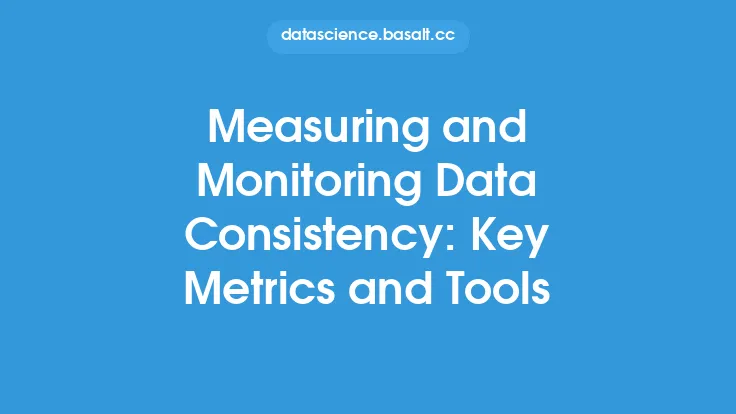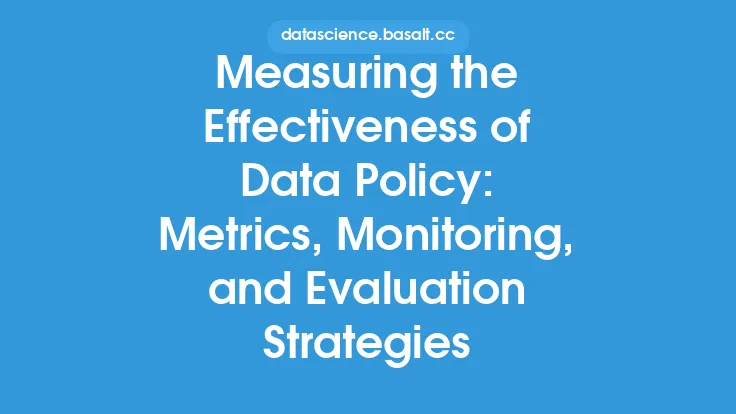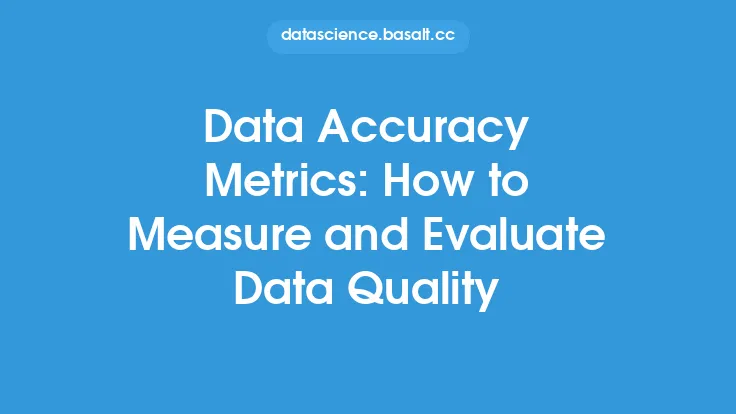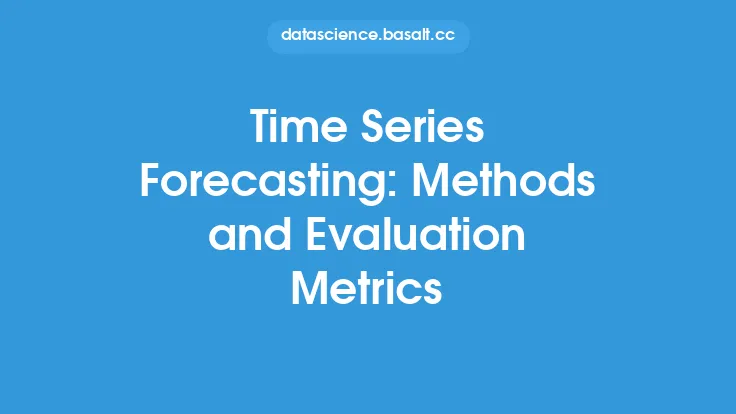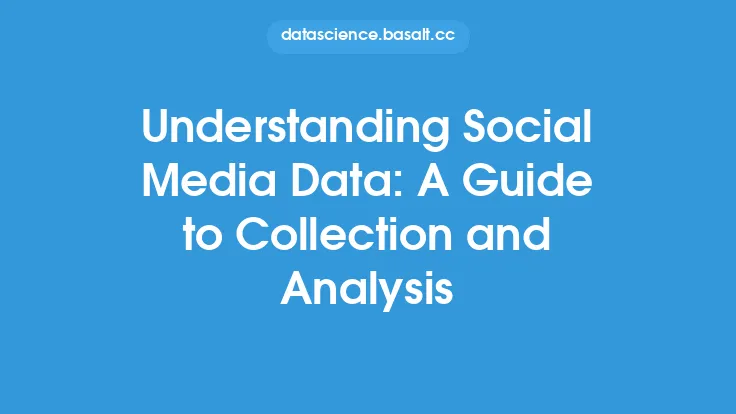Measuring data completeness is a crucial aspect of data quality, as it directly affects the accuracy and reliability of insights derived from the data. Data completeness refers to the extent to which a dataset contains all the required information, with no missing or null values. In this article, we will delve into the metrics and methods used to measure data completeness, providing a comprehensive understanding of this essential concept in data quality.
Introduction to Data Completeness Metrics
Data completeness metrics are used to quantify the level of completeness in a dataset. These metrics provide a numerical representation of the extent to which a dataset is complete, allowing data scientists and analysts to identify areas that require improvement. Some common data completeness metrics include:
- Completeness Ratio: This metric calculates the percentage of complete records in a dataset. It is calculated by dividing the number of complete records by the total number of records and multiplying by 100.
- Missing Value Rate: This metric calculates the percentage of missing values in a dataset. It is calculated by dividing the number of missing values by the total number of values and multiplying by 100.
- Null Value Rate: This metric calculates the percentage of null values in a dataset. It is calculated by dividing the number of null values by the total number of values and multiplying by 100.
Methods for Measuring Data Completeness
There are several methods used to measure data completeness, each with its strengths and weaknesses. Some of the most common methods include:
- Manual Review: This method involves manually reviewing the data to identify missing or null values. While time-consuming, manual review provides a high level of accuracy and can be used to validate the results of other methods.
- Automated Scripts: This method involves using automated scripts to identify missing or null values. Automated scripts are faster and more efficient than manual review but may require significant development and maintenance efforts.
- Data Profiling: This method involves analyzing the distribution of values in a dataset to identify patterns and anomalies. Data profiling can be used to identify missing or null values and provide insights into the underlying data quality issues.
Data Completeness Metrics for Categorical Data
Categorical data, such as text or category fields, requires specialized metrics to measure data completeness. Some common metrics for categorical data include:
- Category Completeness: This metric calculates the percentage of complete categories in a dataset. It is calculated by dividing the number of complete categories by the total number of categories and multiplying by 100.
- Text Completeness: This metric calculates the percentage of complete text fields in a dataset. It is calculated by dividing the number of complete text fields by the total number of text fields and multiplying by 100.
Data Completeness Metrics for Numerical Data
Numerical data, such as integers or floats, requires specialized metrics to measure data completeness. Some common metrics for numerical data include:
- Mean/Median Completeness: This metric calculates the percentage of complete mean or median values in a dataset. It is calculated by dividing the number of complete mean or median values by the total number of mean or median values and multiplying by 100.
- Standard Deviation Completeness: This metric calculates the percentage of complete standard deviation values in a dataset. It is calculated by dividing the number of complete standard deviation values by the total number of standard deviation values and multiplying by 100.
Data Completeness Metrics for Time-Series Data
Time-series data, such as dates or timestamps, requires specialized metrics to measure data completeness. Some common metrics for time-series data include:
- Date Completeness: This metric calculates the percentage of complete date values in a dataset. It is calculated by dividing the number of complete date values by the total number of date values and multiplying by 100.
- Timestamp Completeness: This metric calculates the percentage of complete timestamp values in a dataset. It is calculated by dividing the number of complete timestamp values by the total number of timestamp values and multiplying by 100.
Challenges in Measuring Data Completeness
Measuring data completeness can be challenging, especially in large and complex datasets. Some common challenges include:
- Handling Missing Values: Missing values can be difficult to handle, especially if they are not explicitly marked as missing. Imputing missing values can be challenging, and incorrect imputation can lead to biased results.
- Handling Null Values: Null values can be difficult to handle, especially if they are not explicitly marked as null. Null values can be used to represent missing or unknown values, but they can also be used to represent valid values, such as zero or empty strings.
- Handling Inconsistent Data: Inconsistent data can be challenging to handle, especially if it is not explicitly marked as inconsistent. Inconsistent data can be caused by errors in data entry, data processing, or data storage.
Best Practices for Measuring Data Completeness
Measuring data completeness requires careful planning and execution. Some best practices for measuring data completeness include:
- Define Clear Metrics: Clear metrics are essential for measuring data completeness. Metrics should be well-defined, easy to understand, and relevant to the dataset.
- Use Automated Scripts: Automated scripts can be used to measure data completeness, especially in large and complex datasets. Automated scripts can be faster and more efficient than manual review.
- Validate Results: Results should be validated to ensure accuracy and reliability. Validation can be done using manual review, data profiling, or other methods.
Conclusion
Measuring data completeness is a crucial aspect of data quality, as it directly affects the accuracy and reliability of insights derived from the data. Data completeness metrics and methods provide a numerical representation of the extent to which a dataset is complete, allowing data scientists and analysts to identify areas that require improvement. By understanding the different metrics and methods used to measure data completeness, data scientists and analysts can develop effective strategies for improving data quality and ensuring reliable insights.
